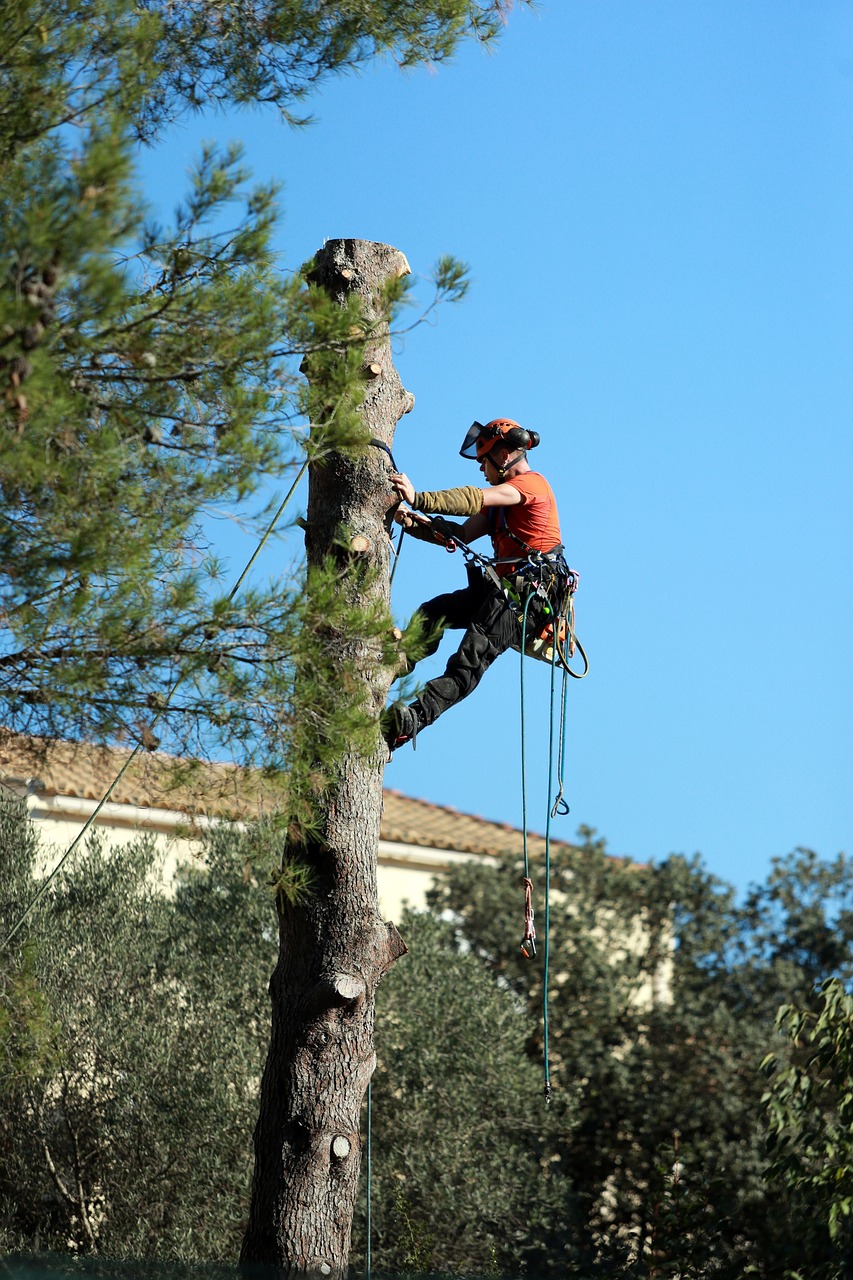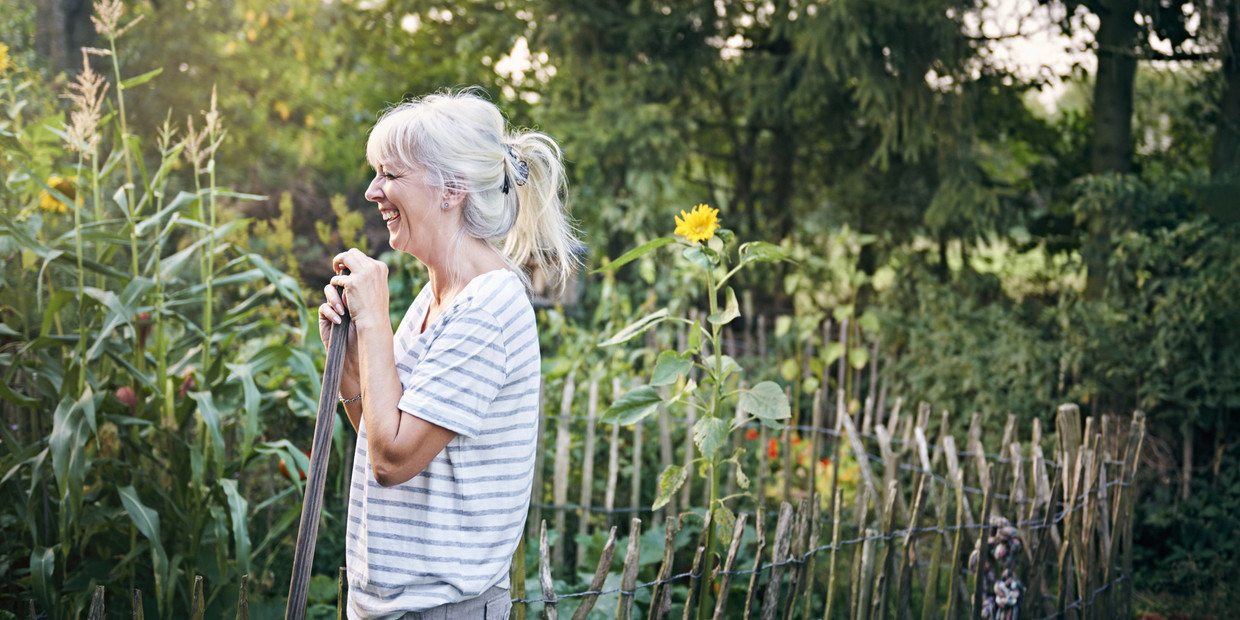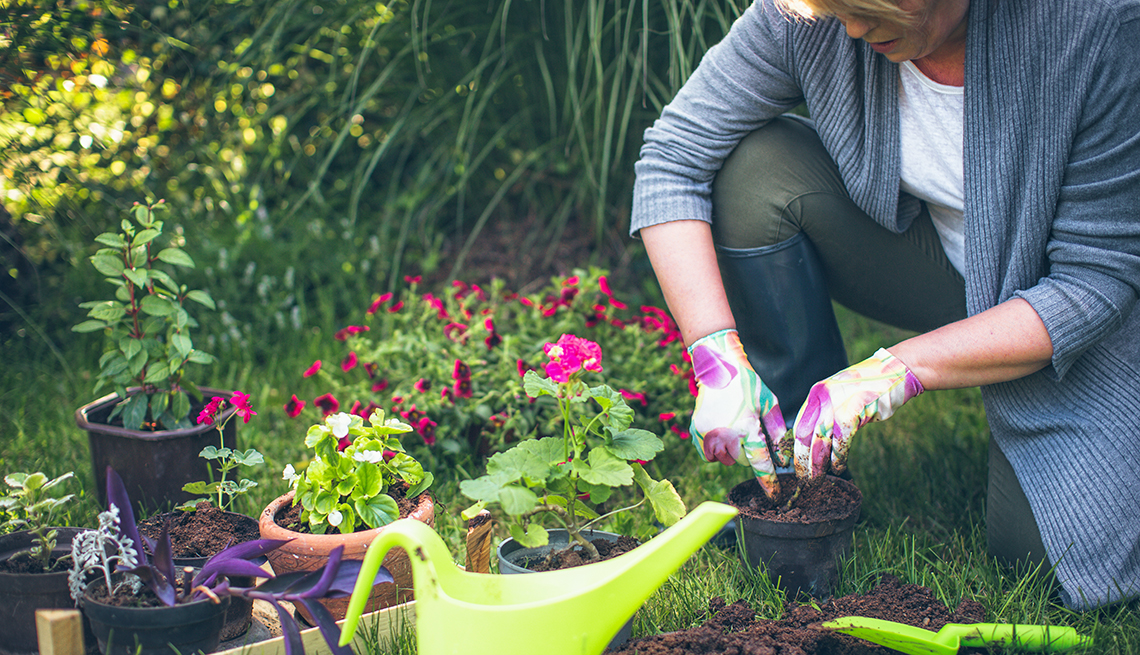Tree trimming is a vital aspect of maintaining the health, aesthetics, and safety of your trees and surrounding landscape. Whether it’s enhancing the tree’s shape or removing damaged branches, proper trimming requires knowledge, skill, and adherence to specific guidelines. If you’re considering DIY tree trimming, this guide will offer essential dos and don’ts to ensure effective and safe practices.
Understanding the Basics of Tree Trimming
Before starting any tree trimming project, it’s crucial to grasp the fundamentals. Tree trimming serves various purposes, such as promoting healthy growth, removing hazards, and enhancing the tree’s appearance.
The Importance of Tree Trimming Regular trimming encourages healthy growth by eliminating dead or diseased branches, improving sunlight penetration, and increasing airflow within the canopy. This practice also prevents potential hazards like falling branches during storms, ensuring safety for your property and its inhabitants.
Ideal Timing and Season for Trimming The optimal time for tree trimming varies among species and seasons. For most trees, pruning during late winter or early spring, while the tree is dormant, is ideal. However, some flowering trees may require pruning after their blooming season to avoid affecting next year’s blossoms.
Essential Tools for DIY Tree Trimming Investing in the right tools is fundamental for successful tree trimming. Tools such as pruning shears, loppers, pruning saws, and pole pruners are commonly used for different types of cuts and tree sizes. Ensure your tools are clean, sharp, and well-maintained for efficient trimming without causing unnecessary damage to the tree.
Dos of DIY Tree Trimming
Prioritizing Safety Measures Safety should be the foremost concern when undertaking any tree trimming project. Always wear appropriate safety gear, including gloves, goggles, and a hard hat. Assess the tree and its surroundings for potential hazards like power lines or weak branches that could pose risks during trimming.
Mastering Proper Pruning Techniques Proper pruning techniques involve making clean cuts at the right angle to promote healing and prevent disease or decay. Cut just outside the branch collar without leaving stubs. Focus on removing dead, diseased, or crossing branches while maintaining the tree’s natural shape.
Understanding Tree Biology for Effective Trimming Understanding the tree’s biology is crucial to identify the right branches to trim without harming its health. Avoid removing more than 25% of a tree’s foliage in a single season to prevent stress and shock to the tree.
Don’ts of DIY Tree Trimming
Avoiding Common Mistakes Over-pruning or excessive trimming can weaken the tree, leaving it vulnerable to diseases and pests. Topping trees, cutting branches too close to the trunk, or using incorrect tools can lead to irreversible damage.
Risks and Hazards to Consider Trimming near power lines, especially without proper training and safety precautions, poses significant risks. Additionally, attempting tree trimming in hazardous weather conditions like high winds or rain increases the chances of accidents.
Knowing When Not to Proceed When dealing with large trees or complex trimming tasks beyond your skill level, it’s best to seek professional help. Ignoring signs of poor tree health, such as rot or disease, can also lead to irreversible damage.
Step-by-Step DIY Tree Trimming Process
Assessing Tree Health and Planning Cuts Examine the tree’s overall health and identify the branches requiring trimming. Plan the cuts to maintain the tree’s structural integrity and balance.
Step-by-Step Instructions for Clean Trimming Utilize the appropriate tools and follow the correct techniques for making clean cuts. Start with smaller branches and work your way up to larger ones, ensuring a smooth and even finish.
Maintaining Tree Shape and Landscape Focus on maintaining the tree’s natural shape and aesthetic appeal while keeping the surrounding landscape in mind. Remove branches that interfere with structures or obstruct views without compromising the tree’s health.

Aftercare and Maintenance Tips
Post-Trimming Care and Branch Disposal Dispose of trimmed branches properly. Apply tree wound dressing to larger cuts to aid in healing and prevent disease. Dispose of trimmed branches safely, considering recycling or composting options.
Tree Wound Care and Regular Inspections Monitor the tree for signs of stress, disease, or insect infestation after trimming. Conduct regular inspections to ensure the tree is responding positively to the trimming and remains healthy.
When to Seek Professional Help For larger trees, high branches, or intricate trimming tasks, it’s wise to seek professional assistance. Professional arborists possess the expertise, equipment, and knowledge to handle complex trimming jobs safely and efficiently.
DIY tree trimming can be a fulfilling and rewarding task when done correctly. However, it requires careful consideration, adherence to safety measures, and an understanding of proper techniques. By following these dos and don’ts, you can ensure effective and safe tree trimming practices, promoting the health and beauty of your trees for years to come. Always prioritize safety, tree health, and when in doubt, seek professional guidance, like the team at K-W Tree Expert Co. offering tree trimming and pruning services in Kitchener.



